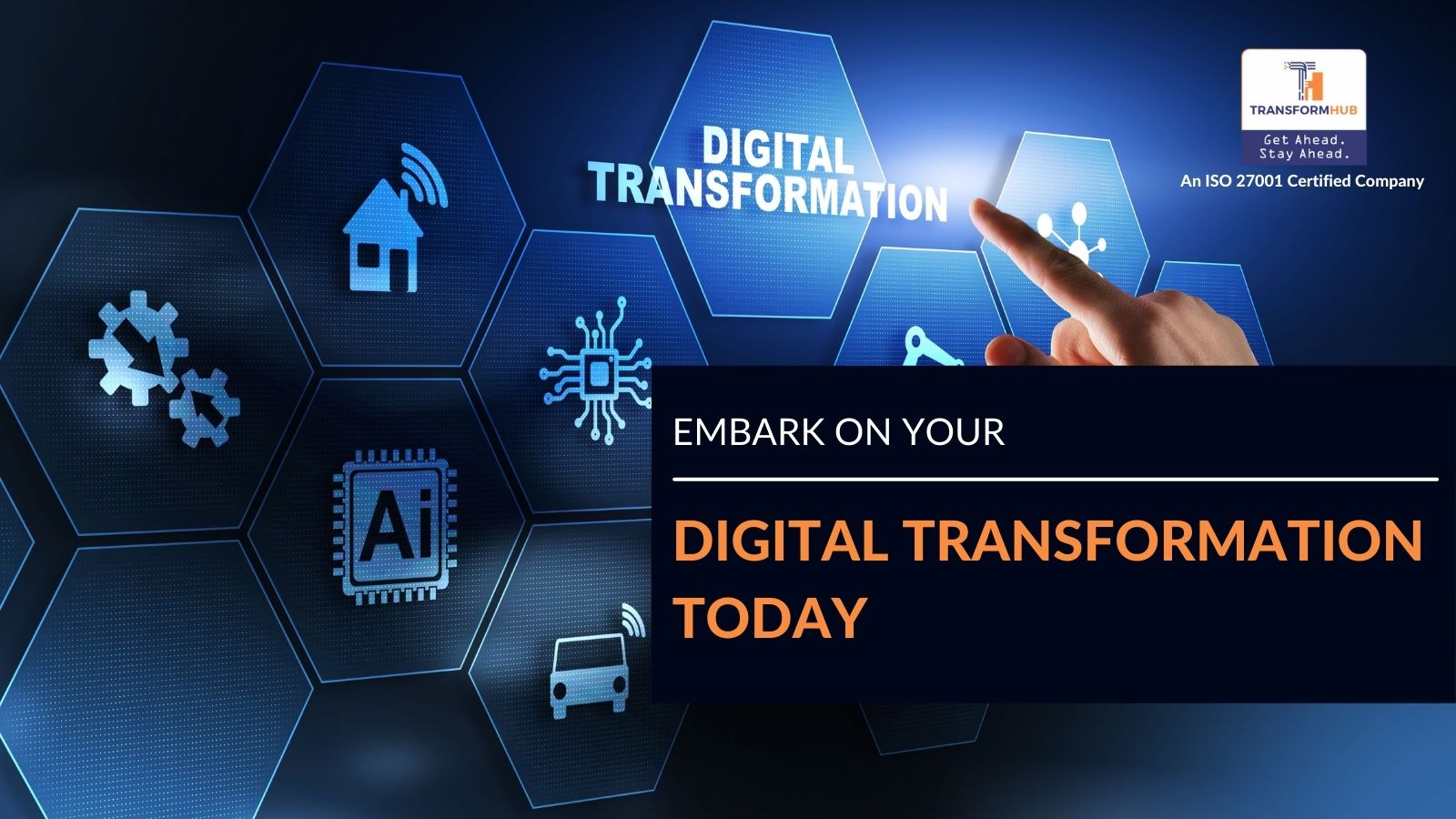Big trends in cloud-enabled network evolution
Cloud computing was widespread and well-established before the epidemic, but it has risen due to the forced transition to remote working. And it appears to be here to stay for the foreseeable future.
Cloud technologies are transitioning away from linear progression and toward exponential growth. As we wait for a recovery, the demand for cloud services is strong and growing. This encourages more enterprises worldwide to adopt a cloud-first approach, and as a result, new cloud computing trends are expected to emerge in the coming years.
The focus will probably shift from using cloud tools and platforms to better a single function (such as switching to Zoom meetings) and toward more comprehensive plans based on enterprise-wide cloud migration.
Enhancing the capabilities of remote and hybridized workforces will be an important trend in cloud engineering services, but cloud and data center infrastructure will continue to evolve.
Edge Computing
Edge computing is a method of computing and saving data on the cloud that differs from traditional cloud computing. It's a new cloud concept that entails constructing localized data centers for computing and storage at the point of collection rather than a central site hundreds of kilometers away.
This type of decentralized computing infrastructure aids in the reduction of latency and the improvement of application performance. Because the data and resources are nearly at the end user's device, they may be handled locally, saving money for businesses. Edge computing is sometimes misinterpreted as a danger to cloud computing, even though the two are mutually beneficial.
Edge computing is used to process data that is time-sensitive, whereas cloud computing is used to handle data that is not time-sensitive. Cloud engineering services in Singapore are one of the foremost challenges in Singapore right now, and they're only going to get bigger next year.
It provides evident benefits in increased data processing speed, minimum to zero latency, excellent connection, security, and privacy support, and reduced data amounts transferred. Therefore, it will be a fantastic tool for businesses looking to improve operational efficiency.
Serverless Functions
Serverless computing has been around for quite a few years, which is a long time in the world of cloud computing. However, all of the bigwigs in the cloud computing business are now putting greater emphasis on it.
This is because it offers a good pay-as-you-go approach that allows companies to pay for just the services they utilize. This allows the infrastructure to grow silently in response to an application's needs without significant financial expenditure.
In cloud engineering services, serverless computing reduces the risk of back-end failures and provides secure sandboxes for enterprises to test their programs. As a result, serverless computing in cloud technology will play a significant role in delivering innovative user experiences in the following years.
Kubernetes enabling blockchain
Blockchain is a ground-breaking technology that creates a shared, tamper-proof digital ledger for recording data in a public or private network. It keeps reliable transaction records without depending on centralized power.
Kubernetes is an open-source Docker container technology that allows businesses to automatically grow, deploy, and manage container-based infrastructure. Incorporating blockchain systems for big data applications is challenging because the current public blockchain architecture does not measure ample data storage and processing.
However, by constantly having many containers operating for essential services, Kubernetes for cryptocurrency helps to increase rate environments and assure high availability.
The use of blockchain on Kubernetes allows for service interoperability between enterprises with diverse architectures. Other benefits of using blockchain on Kubernetes include easier deployment and upgradeability.
In a year or two, deploying blockchain networks and their constituent pieces via Kubernetes clusters may become the standard of adoption, as they address two fundamental concerns with blockchain: its intrinsic complexity and connection with current infrastructure.
AI in cloud computing
Artificial Intelligence and cloud computing have a symbiotic connection in which the latter fuels cloud computing, and the latter plays a significant part in the delivery of AI services. Cloud services also contribute to the democratization of AI by reaching a wider audience. It enables smaller enterprises to access AI-enhanced business services and powerful machine learning capabilities.
By combining AI with cloud engineering services, businesses can get the most out of both technologies while saving money. The cloud assists AI in managing data and gaining insights, while the cloud enables continuous data backups in a virtual world. Cloud and AI development and growth are inextricably linked, and this will only get more so in the coming years.
The Rise of cloud-gaming
Cloud gaming is a new application that allows users to broadcast an almost limitless number of games for a monthly charge. In addition, it will enable users to play without the need for a costly console on any desktop, laptop, or smartphone.
In the gaming business, utilizing cloud technology stimulates demand and participation of multi-players for various games while also removing current platform boundaries. In addition, cloud gaming also eliminates consumers' need to have storage space, specific gear, or piracy issues, resulting in cheaper overall costs and sustainability.
Microsoft, Google, Amazon, Apple, Samsung, Sony, and Nvidia are some prominent participants in the cloud gaming industry. Although cloud gaming technology isn't yet as advanced as it might be, its move to the cloud will ensure that cloud gaming's future continues to improve. It will also usher in the future in which the cloud serves as both the game's source and the platform of selection for players.
Hybrid cloud and multi-cloud infrastructure
Hybrid services are about integrating strengths rather than making compromises between techniques. For example, data that requires regular access might be stored on public servers, while more sensitive information can be stored on personal servers with restricted access. Businesses may benefit from the best of all worlds with a well-balanced hybrid approach.
Most businesses have progressed beyond the initial step of transferring part of their operations from on-premises to a cloud-based service. They are now ready to embrace the experience fully. As a result, they have to deal with inter setups, where several services from various vendors are employed.
The multi-cloud approach enables businesses to select the cloud services that are most suited to their specific application settings, business needs, and availability requirements. As a result, more enterprises will be required to design cloud-native apps in the future, with less architectural reliance on any one cloud provider.
Although significant businesses have already adopted hybrid-cloud and multi-cloud approaches as the norm, more business executives and enterprises will see the benefits of these models in 2022 and embrace them to gain flexibility and agility in the cloud.
The Rise of serverless
Serverless cloud is a novel idea gaining acceptance in the industry thanks to Amazon (AWS Lambda), Microsoft (Azure Functions), and IBM Cloud Functions, among others. It's also known as "functions-as-a-service," It refers to the fact that businesses aren't obligated to lease servers or pay for set quantities of storage or bandwidth. Instead, it provides an accurate pay-as-you-go service in which infrastructure increases discreetly as an application's needs change.
Of course, it's not genuinely serverless - the servers remain – but it does create an additional layer of abstraction between the client and the system, removing the need for the user to deal with setups and technicalities. As a result, serverless cloud computing will play a significant role in generating new user experiences to make creativity more accessible throughout the cloud and the whole digital landscape.
Sustainability
Every ethical business recognizes that it has a role in addressing climate change's difficulties. In the tech world, this usually means lowering the energy costs of providing 24/7 "always-on" infrastructure services to customers, as well as reducing energy usage affiliated with immensely influential computing engines, more extensive digital storage prerequisites, and the energy cost of delivering 24/7 "always-on" infrastructure services to the customers.
The majority of IT behemoths will spend 2022 putting in place tools and technologies to assist them in meeting their net-zero carbon goals. For example, Amazon, the world's largest cloud firm, is also the world's largest user of renewable energy, with 206 of its renewable energy projects operating throughout the world, producing around 8.5GW per year.
Virtual Reality & Augmented Reality
In the future years, cloud reality will experience a massive expansion. Platforms like Google Stadia and Amazon Luna will determine how the cloud gaming industry evolves in 2022. Cloud Virtual Reality and Augmented Reality (VR/AR) have made headsets more accessible and promoted the Rise of cloud gaming across all demographics.
With 25% of firms aiming to shift all of their applications to the cloud next year, cloud computing appears to be infinite. Increased cloud computing usage and the development of new ways to use cloud-based systems to provide insights and efficiency will be the main trends in 2022.
Cloud usage is likely to grow as more businesses see the benefits of increased processing power, flexibility, and agility that cloud-based systems give. Each company's path to adoption and timing may differ, but one thing is for sure: there'll be no returning to the old ways.
Conclusion
In the last two years, the cloud has emerged as one of the most successful technological innovations. It evolved into a trend that encourages creativity and a standard that allows for greater flexibility and cost reductions.
With cloud services playing an essential role in practically all corporate activities, there is a little question whether the cloud is the way of the future. As a result, new cloud-native patterns will undoubtedly develop in this vast digital ecosystem of diverse and dynamic design. As the need for such services grows, you'll need a cloud partnership to keep up with your development and possible prospects.
TransformHub engages in company growth by delivering cloud engineering services in Singapore. Cloud is made possible for you by our pioneering team of specialists. So give us a call at +65 31384660 or send us an email at sales@transformhub.com. We're also accessible to talk with you at any time. So get in touch with us immediately to start making a name for yourself with a cloud-enabled network.
Share this
You May Also Like
These Related Stories

Digital Ecosystem For Insurers

Embark on Your Digital Transformation Today




